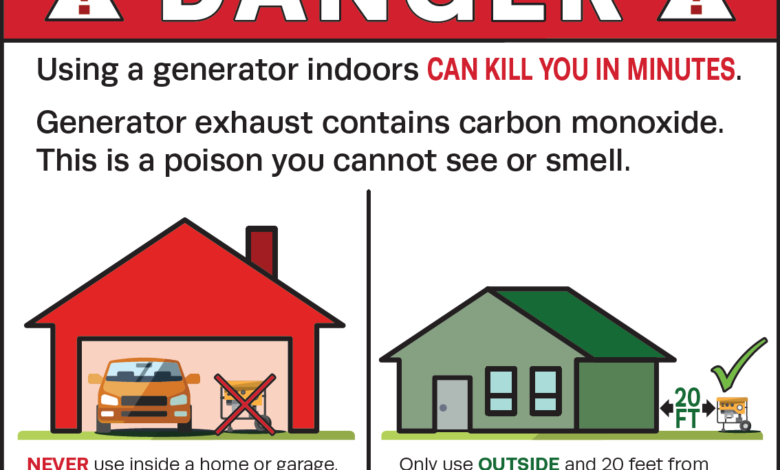
Carbon monoxide is odorless, very hard to detect, and it can quickly cause death. If God forbid your car is stuck in the snow and you have the engine running, open a window slightly and clear snow away from the exhaust silencer pipe.
Case 1. A 4-year-old girl who had accompanied her family while they were digging their car out of a deep snow embankment became cold; to warm the child, she was placed in the car with both the engine and heater running while deep snow surrounded the rear of the automobile. The child’s grandmother and sister also were in the car but exited the vehicle after a few minutes when the grandmother became dizzy and lightheaded. The child was believed to be napping and was allowed to remain in the car for approximately 30 minutes before she was found to be unconscious and could not be awakened. On arrival at the Children’s Hospital of Philadelphia emergency department, she was awake but drowsy and complained of a headache. She initially was treated with 100% oxygen by nonrebreather mask and soon became alert and oriented; she was then transferred to the hyperbaric oxygen unit for a standard treatment regimen. She was discharged on January 9.
Case 2. A 63-year-old man was brought to the Hospital of the University of Pennsylvania emergency department by paramedics after being found unconscious in his car with the engine running. Approximately 1 hour before being found, the patient informed his wife he was going to test the car to ensure it would run after the severe storm. He made no attempt to remove any snow surrounding the car before starting the engine. At the hospital, he was treated with 100% oxygen and then a standard hyperbaric regimen. Although his clinical status improved markedly after hyperbaric oxygen therapy, residual deficits in short-term memory persisted. Case 3. An 81-year-old man was found unconscious and could not be awakened in his car in a suburb outside of Philadelphia. The engine had been running, and the car was surrounded by deep snow. On their arrival at the site, paramedics declared the man dead. A qualitative test for carboxyhemoglobin was positive.
During January 8-9, a total of 21 persons were admitted directly to the Jacobi Medical Center or transferred from other hospitals for hyperbaric oxygen therapy because of CO poisoning. In addition, one fatal case of CO poisoning was reported in which the victim was not admitted to the hospital. The cause of the CO poisonings was directly related to exposure to automobile exhaust from vehicle exhaust systems blocked with snow. The 21 persons admitted to the hospital were found unconscious inside automobiles with engines running. Of these blizzard-related cases, eight were aged less than 16 years and 12 were aged greater than 50 years (range: 4-81 years). Of the 21 persons, 17 were discharged within 24 hours of admission and four remain hospitalized.
Reported by: F Henretig, MD, Dept of Pediatrics, Univ of Pennsylvania School of Medicine, F DeRoos, MD, K Hardy, MD, Hospital of the Univ of Pennsylvania, Philadelphia; D Contostavlos, MD, Delaware County; R Levenson, MBA, Philadelphia Dept of Health; J Logue, DrPH, Div of Environmental Health Assessment, Pennsylvania Dept of Health. M Touger, MD, Jacobi Medical Center/Albert Einstein College of Medicine, Bronx; BA Mojica, MD, New York City Dept of Health. Air Pollution and Respiratory Health Br, Div of Environmental Hazards and Health Effects, National Center for Environmental Health, CDC.




